Name George Hodel | ||
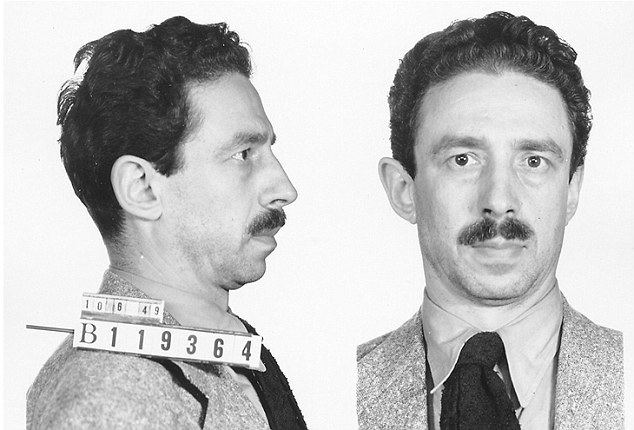 | ||
Similar People Steve Hodel, Black Dahlia, Zodiac Killer, Cleveland Torso Murderer | ||
George Hill Hodel, Jr. (October 10, 1907 – May 16, 1999) was an American physician. After the 1947 murder of American woman Elizabeth Short, a.k.a. the Black Dahlia, police came to consider Hodel a suspect. He was never formally charged with the crime, and came to wider attention as a suspect after his death when his son Steve Hodel, a Los Angeles homicide detective, accused George Hodel of killing Short and committing several additional murders.
Contents
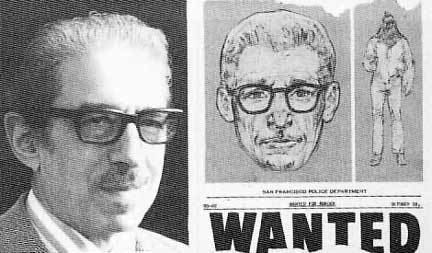
Biography
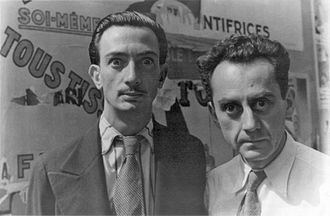
George Hill Hodel, Jr. was born on October 10, 1907, and raised in Pasadena, California. His parents, George Hodel, Sr. and Esther Hodel, were of Russian Jewish ancestry. Their only son, he was well educated and bright (scoring 186 on an early IQ test). He was also a musical prodigy, playing solo piano concerts at Los Angeles's Shrine Auditorium. Composer Sergei Rachmaninoff traveled to his grandparents' house to hear the boy play. Hodel moved in affluent Los Angeles society, and was friends of people such as photographer Man Ray and film director John Huston.
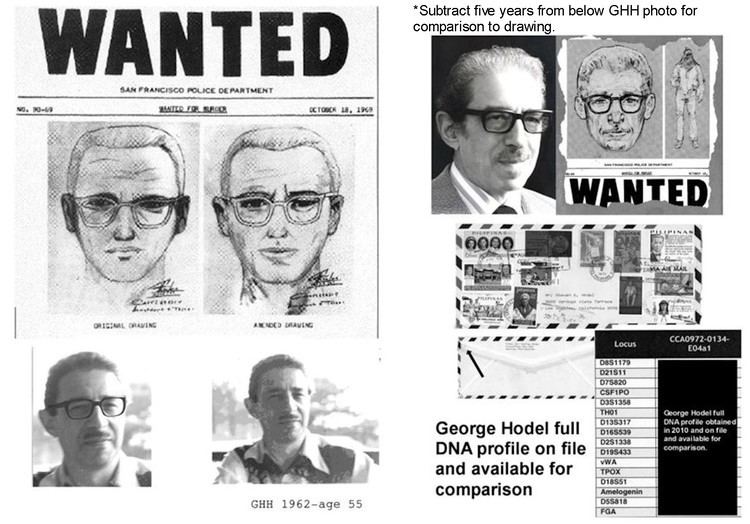
In late 1949, Hodel's teenaged daughter Tamar accused him of sexual abuse. He was acquitted after a widely publicized trial.
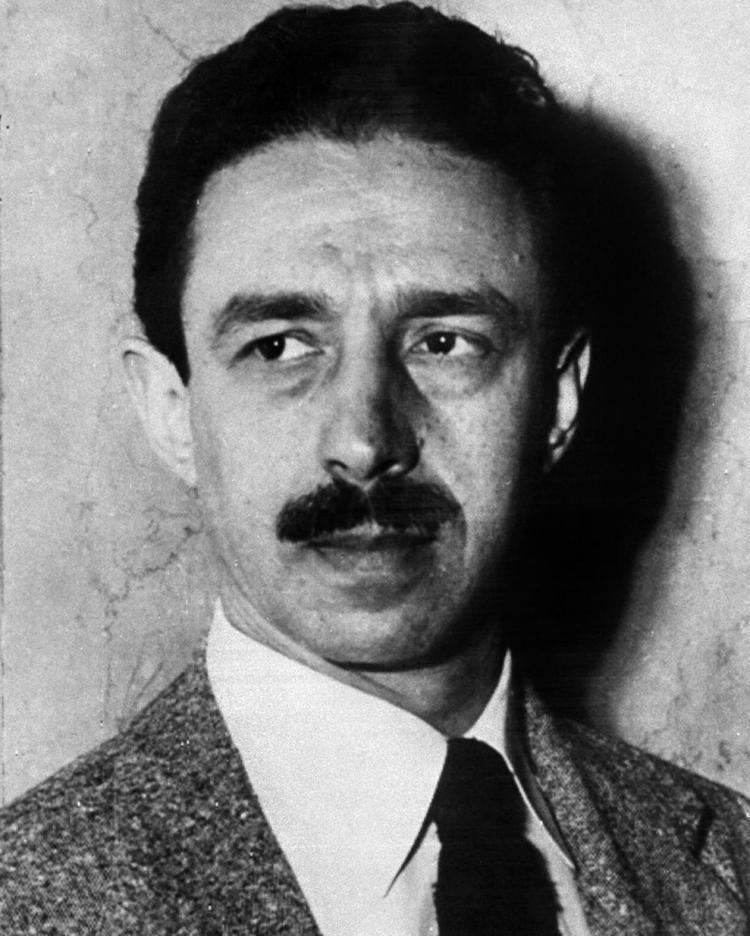
Hodel moved from America in 1950. In 1990, Hodel, Jr. and his fourth wife, June, returned to the U.S. from Manila. He died at the age of ninety-one of heart failure.
Black Dahlia suspect
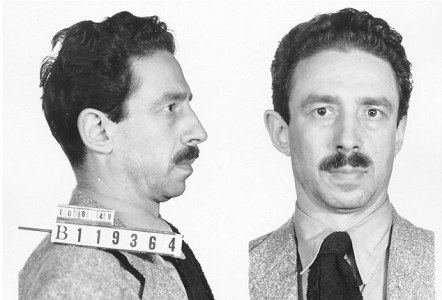
Hodel first came under suspicion for murder in 1945, following the death of his secretary Ruth Spaulding by a drug overdose. He was suspected of having murdered her in order to cover up his financial fraud, such as billing patients for tests that were never performed. At about this time, Hodel moved to China where he had earlier worked with the United Nations Relief and Rehabilitation Administration. These events first came to public attention in 2004.
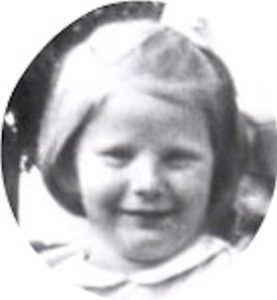
In January 1947, the body of 22-year-old Elizabeth Short was discovered in an empty lot in the Leimert Park neighborhood of Los Angeles. Short had suffered gruesome mutilation, notably her body being cut in half at the waist. The case earned major publicity and prompted one of the largest investigations in the history of the Los Angeles Police Department. The case was never solved. However, authorities at the time interviewed hundreds and focused on about 25 suspects, one of whom was George Hill Hodel, Jr.
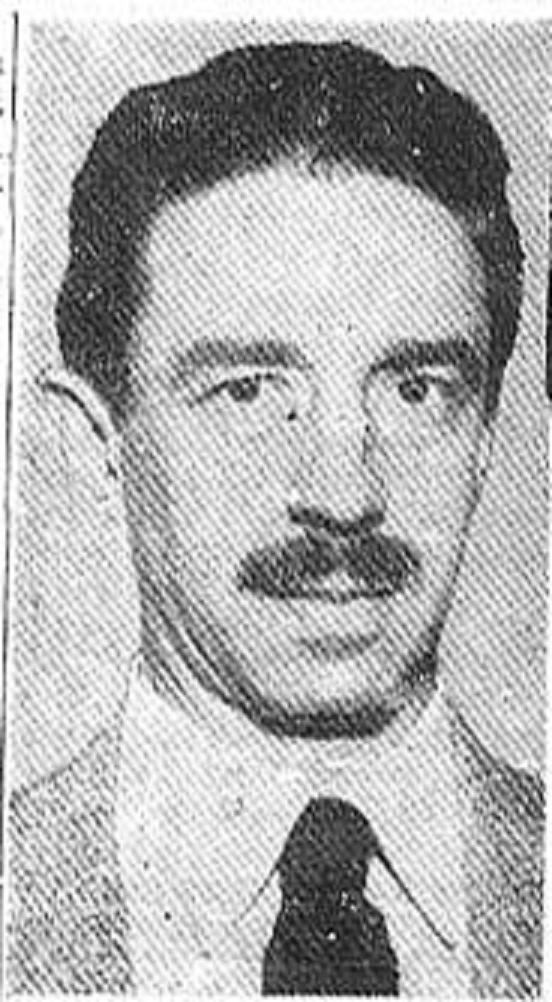
Hodel came to police attention as a suspect for the Elizabeth Short murder in 1949 after the sexual abuse allegations and trial, when known or suspected sex criminals were investigated. Hodel's medical degree also aroused suspicion, given the hypothesis that whomever bisected Short's body had some degree of surgical skill. The full details of the investigation came to light only in 2004, when a "George Hodel- Black Dahlia File" was discovered in the vault at the Los Angeles District Attorney's Office. The file revealed that in 1950, Hodel was the prime suspect of the Dahlia murder. His private Hollywood residence was electronically bugged by an 18-man DA/LAPD Task Force during the period 18 February to 27 March 1950. The transcripts of conversations revealed Hodel's references to performing illegal abortions, giving payoffs to law enforcement officials, and to his possible involvement in the deaths of his secretary and Elizabeth Short. The DA tapes recorded him saying:
"Supposin' I did kill the Black Dahlia. They can't prove it now. They can't talk to my secretary anymore because she's dead. They thought there was something fishy. Anyway, now they may have figured it out. Killed her. Maybe I did kill my secretary"In October 1949, George Hodel's name was mentioned in a formal written report to the GJ as one of five prime suspects but none of the named suspects were submitted to the 1949 Grand Jury for consideration for indictment as the investigation was "ongoing." By April of 1950, Lt. Jemison had gathered enough evidence to charge Dr. Hodel and was about to arrest him for the Short murder, when Hodel again, fled the United States. He lived in Asia until 1990.
After Hodel died in 1999, his son Steve, a former LAPD homicide detective, wanted to learn more about his father. In the process he uncovered information that led him to believe his father was Elizabeth Short's killer. This investigation began with the discovery of a photo album owned by George Hodel, which contained a portrait of a dark-haired young woman who Steve Hodel believed was Elizabeth Short. During Steve Hodel's investigation, he learned that his father may have killed more than once. Steve Hodel also suspected his father of being the Lipstick killer of the 1940s and the Zodiac Killer of the 1960s, and may have been responsible for other murders.
Hodel had purchased the famous Sowden House in Hollywood, living there from 1945 to 1950. The structure, built in 1926 by Lloyd Wright (son of the noted American architect Frank Lloyd Wright), is now a registered Los Angeles Historic Landmark. Based on information developed in 2010-2014 (physical evidence, cement sacks) used to transport the body from the residence to the vacant lot where Elizabeth Short's body was found, some researchers argue that Sowden House is where the victim was tortured, slain and her body surgically bisected. A police cadaver dog and subsequent soil analysis tests conducted in 2014 by forensic anthropologist, Dr. Arpad Vass, confirmed that soil samples from the rear of the residence were "specific for human remains." The segment was filmed for the television program "Ghost Hunters" but did not air. It was made available via the show's website.
Reactions
A September 2006 episode of Cold Case Files, hosted by Bill Kurtis, illustrates the mixed reaction to Steve Hodel's theory as outlined in the book Black Dahlia Avenger: A Genius for Murder (2003). Head Deputy D.A. Stephen Kay described himself as highly impressed by Steve Hodel's research and conclusions, and further stated the case had been solved. Others have noted that Kay, who has since retired, formed this conclusion by treating Steve Hodel's many disputed assertions as established fact. Less impressed was active Detective Brian Carr, the LAPD officer then in charge of the Black Dahlia case which was still officially open. Carr's opinion was that Hodel's theory was based on a few intriguing facts linked together by unsubstantiated supposition. Short's relatives also disagreed that the photos in Hodel's album were of Short. Carr adding that if he ever took a case as weak as Steve Hodel's to a prosecutor he would be "laughed out of the office." Carr added, "I don't have the time to either prove or disprove Hodel's investigation. I am too busy working on active cases."
In the years following Hodel's leaving the country, investigators from both the LAPD and the District Attorney office privately stated that they believed Black Dahlia case was "solved" and that Hodel was the killer, though they didn't have enough evidence to go to trial. Specific quotes from the top brass include the following: Chief of Detectives Thad Brown, "The Black Dahlia Case was solved. He was a doctor who lived on Franklin Avenue in Hollywood." LAPD Chief of Police William H. Parker, "We identified the Black Dahlia suspect. He was a doctor." LASD undersheriff James Downey, "The Black Dahlia Case was solved, but it will never come out. It was a doctor they all knew in Hollywood involved in abortions." DA Lt. Frank Jemison, "We know who the Black Dahlia killer was. He was a doctor but we didn't have enough to put him away." The DA Files confirmed that the doctor referred to was George Hill Hodel. Head Deputy DA Steve Kay reviewed the case and provided a legal opinion that "the case was solved," then presented it to then active LAPD Chief of Detectives James McMurray in 2004. McMurray, after reviewing the investigation, gave the following order to the Robbery/Homicide detectives under his command: "Unless you can find some major holes in [Steve] Hodel's investigation, go ahead and clear the Black Dahlia Murder." In 2014, Detective II Mitzi Roberts, the currently assigned LAPD Black Dahlia Case detective, stated in an interview with KMEX Univision television newsman Leon Krauze, "I actually agree with you. I think he [Steve Hodel] has made a very compelling theory. I think there is a lot of things that look like it, and his dad could actually be responsible for the murder of the Black Dahlia."
Hodel as Zodiac killer suspect
In 2009, Steve Hodel's book Most Evil: Avenger, Zodiac and the Further Serial Murders of Dr. George Hill Hodel (Dutton 2009) was published. The follow-up investigation examined the possibility that Hodel had also committed crimes outside of Los Angeles in: Chicago (Lipstick Murders), Manila, Philippines (The Jigsaw Murder) and in the San Francisco Bay Area in 1968-69, possibly reinventing and calling himself "Zodiac." Thirty-one MO and Crime Signatures were presented, along with a Questioned Document Expert's (QDE) testimony that "the George Hodel and Zodiac handwriting samples were written by one and the same person." California Department of Justice (DOJ) conducted their own independent handwriting examination and while the results were not 100% positive, their QDE expert stated, "I am unable to eliminate George Hodel as Zodiac. I would request additional samples of his lowercase handwriting." (Currently lowercase handwriting samples are non-existent.) Note that while police often use document examiners during investigations, court rulings on the scientific validity of handwriting analysis have been mixed to negative.
The investigative sequel while not claiming "case solved" did request that law enforcement obtain and compare DNA samples. As of 2015, no confirmed Zodiac DNA exists that can be compared with Hodel's known DNA.
In September 2015, a six-year follow-up, MOST EVIL II: Presenting the Follow-up Investigation and Decryption of the 1970 Zodiac Cipher in Which the San Francisco Serial Killer Reveals His True Identity (Rare Bird Books 2015) was published.
The new investigation offered additional allegations that link George Hodel to the San Francisco Bay Area "Zodiac" murders, and presented evidence that Hodel was in fact, the writer of the legitimate 1970 Zodiac coded cipher mailed to the San Francisco Chronicle and turned over to SFPD. The solution and "cracking of the cipher" was performed by M. Yves Person, a high-school teacher in Paris. George Hodel, using Ogham, an ancient Celtic "tree alphabet" signed his real name, H O D E L, placing it both as the return address on the envelope and as a signatory inside the card which read, "You Ache to Know My Name...I'll Clue you in..." The code had remained undeciphered for 45 years. (1970-2015)
